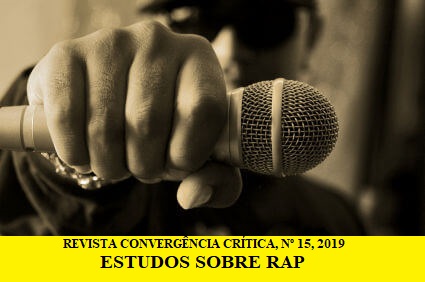Distopia na rima
Uma análise do tom pessimista no discurso do rap angolano
DOI:
https://doi.org/10.22409/rcc.v1i15.48193Resumen
The rap musical rhythm is considered one of the main means of combating the MPLA regime, which has governed the country since 1975 and received little public questioning until the development of rap. The rhythm emerged in Angola in the 1990s, but initially it was not a characteristically interventionist song. The conjuncture is modified in 1999 with the appearance of the group Filhos da Ala Leste, which launched songs presenting direct criticism to the local regime and crying out for revolution. With this, diverse groups appear with the same tendency and the party in the power responded with reprisals. The repression became clearer from 2003, when the car cleaner Arsénio Sebastião, the "Cherokee", was killed by soldiers of the Presidential Guard Unit (UGP), in a public square in Luanda, for playing a song by rapper MCK . Since 2011, some rappers like Luaty Beirão and Carbono Casimiro have taken part in social demonstrations. Due to the constant agressions, the group of protesters reduced occupations in public squares and began to gather in closed places, which did not stop the arrests of 17 activists in 2015. The speech of belief in a better future is replaced in some songs by a tone of hopelessness, as a result of the economic crisis, the arrests of activists and state control of the media. The objective of this work is to make discourse analysis of the songs “Te Odeio 2016”, by MCK and “O Apagar da Esperança”, by Kid MC, which illustrate this change of tone, by anticipating the continuity of the problems. Discourse analyzes are made from the perspective of Orlandi (1999) and Borges (2002).
Keywords: Angola, rap, intervention, MCK, Kid MC, Speech.

